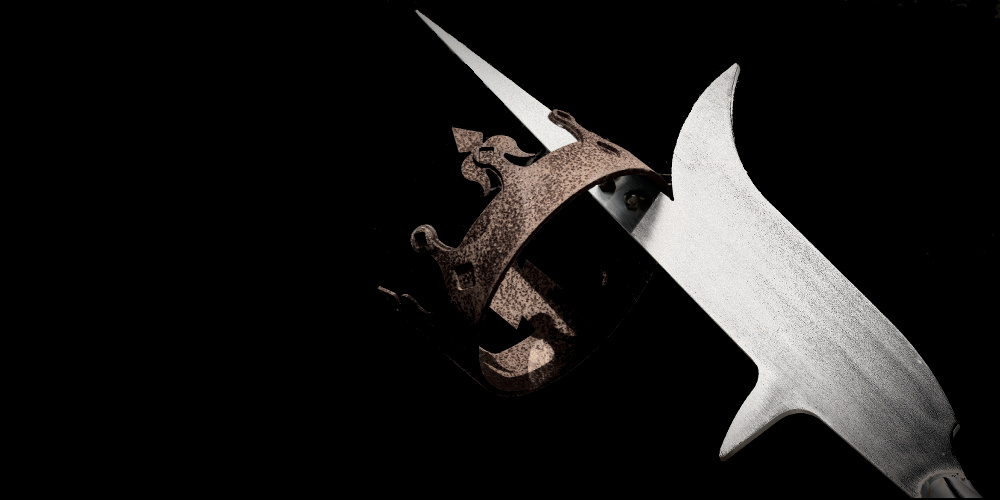
There is a centuries-old tradition that Sir Rhys ap Thomas felled Richard III on the battlefield at Bosworth. Rhys may be enjoying somewhat of a renaissance since the discovery of King Richard III’s grave, but there was much more to Rhys ap Thomas than the Welshman who helped Henry Tudor gain his crown. The Man Who Killed Richard III examines the long and fascinating life of one of the most important Welsh figures of his time. Dr Susan Fern joins us today to discuss her new book on Sir Rhys ap Thomas.
Rhys ap Thomas was a prominent figure in medieval history but we don’t hear much about him in English history books. How did you become interested in Rhys?
I first became acquainted with Rhys ap Thomas while I was working on the Carmarthen Friary excavations in south Wales. It was in 1985 and it was the 500th anniversary of the battle of Bosworth, so there were a lot of events being planned with regard to Henry Tudor’s arrival in Wales. No one seemed to know very much about Rhys, so I decided to do some research, and ended up working on a radio drama with scriptwriter Rob Gittins. The play ‘Echo of the Dragon’ was aired on BBC Radio 4 as part of the 500th anniversary celebrations. It has taken nearly 30 years for my research to finally see the light of day, but when the news broke about the discovery of Richard III and the forensic analysis of his bones, I quite expected to hear about Rhys’ part in his death: there was no mention of him, so I decided to resurrect Rhys and try to give him a rightful place in a pivotal moment of British history
Can you tell us about his family background?
Rhys’ family traced their descent back to Urien Rheged, a legendary knight of King Arthur and the family played a prominent role in south Wales during the period prior to the outbreak of the War of the Roses. His grandfather Gruffydd ap Nicolas was something of an opportunist, he exploited the political, social and economic opportunities in south Wales following the rebellion of Owain Glyndwr. By 1451 he held a vast amount of land, including the lordship of Carmarthen and Dinefwr castles. Gruffydd fought on both sides during the Wars of the Roses but his final allegiance was to the house of Lancaster. He was allegedly killed at the battle of Mortimer’s Cross in 1461 alongside another famous Lancastrian, Owen Tudor. The estates passed to his eldest son Thomas, Rhys’ father, but for some unknown reason Thomas fled to Burgundy in 1471 talking with him his fourteen year old son Rhys.
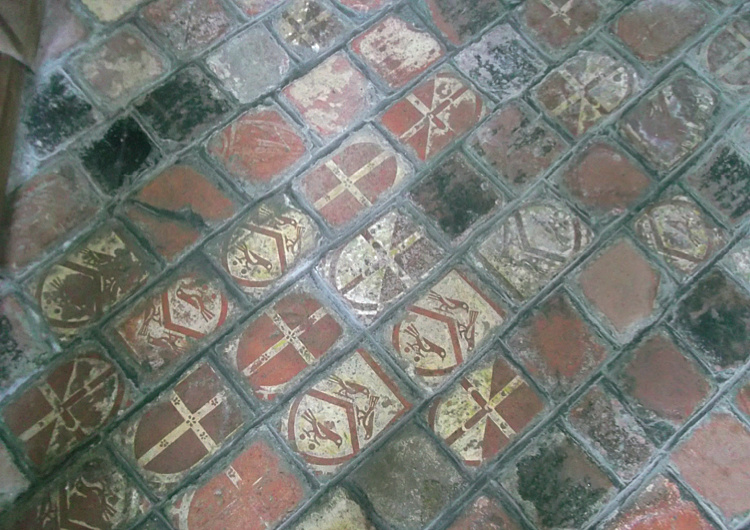
Rhys went into exile in Burgundy in 1465, at the age of sixteen, with his father and other Lancastrian exiles, how do you think his time in Burgundy may have influenced him?
The court of Philip the Good of Burgundy was one of the most civilised and progressive courts in Europe for learning as well as military skills. Philip had set up the chivalric Order of the Knights of the Golden Fleece, which clearly must have made a deep impression on the young Rhys, especially as he traced his descent back to one of the Knights of the Round Table. Rhys was placed under the tutelage of the Earl of Charloys, where he learnt military skills as well as courtly pursuits and greatly impressed the Duke with his capabilities. For a young man from Wales this must have left a deep and lasting impression, which can be seen by Rhys’s subsequent actions when he returned to his own country.
After his father died it was up to Rhys to try and rebuild the family fortunes, what was life under Edward IV like?
On their return to Wales, Rhys and his father found that much of their former power had been greatly curtailed, now that the Yorkist king Edward IV had taken the throne. It was not very long after returning that Thomas was killed in a duel, leaving Rhys as his heir. Rhys swore fealty to Edward as his liege king, and quietly set about transforming his people into more civilised and well organised communities. He set up military training schools, where local men were encouraged to participate, he also became known for his wise decisions and as a patron of the arts. Edward IV was quite happy for Rhys to do so and did not see him as a threat in any way. Slowly Rhys was putting together a military force of considerable strength and by 1483 could call on nearly five thousand men in a crisis. That crisis was soon to come.
After assuring Richard III of his loyalty Rhys then supported Henry Tudor. We tend to take a black and white approach to loyalty, but can you tell us whose interests Rhys had to look after and what he was safeguarding when he made his decision?
In 1485 Henry Tudor made a claim for the English throne against the new king Richard III. I think Rhys found it very difficult to go against his liege lord, Richard. He was a man of honour and he had pledged his allegiance to his king. He had refused to join in Buckingham’s rebellion against the King earlier, so I believe that he had no initial intention of betraying Richard. It took Rhys some time to declare for Henry Tudor, so one can see it was not an easy decision. I think he may well have decided that if Wales was to have any chance of gaining some autonomy from English rule, then this could only be possible if a Welshman became king. Only a Welshman would be able to grasp the importance of what that could mean for the Principality. I don’t believe it was a decision based on self-interest, but of course one can never really know what finally motivated him to join with Henry in the end.
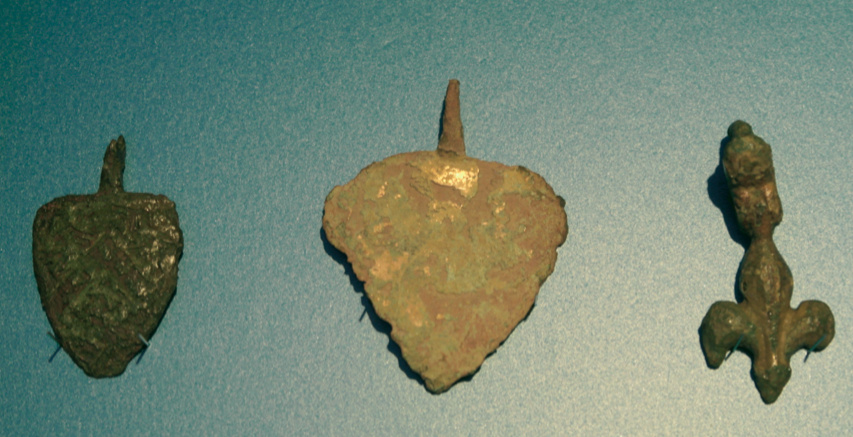
How likely is is that Rhys was the ‘Welshman’ who killed Richard III?
It seems highly likely that Rhys was responsible for the blow that killed Richard. Forensic analysis of the skull has suggested that there were several blows to Richard’s head the major one being to the back of the skull which sliced off the back of his head, and was dealt by an axe type weapon, possibly a halberd. There are two contemporary references to this, the first by the chronicler Jean Molinet who states that it was a Welshman who dealt that blow, and the second is by the Welsh poet Guto’r Glyn (a contemporary poet) who says that Rhys ap Thomas ‘killed the boar and shaved his head’. Added to this is the fact that the halberd was Rhys’ weapon, to me it seems more than likely that it was Rhys who dealt the killer blow.
What was life like for Rhys under Henry VII?
After the battle of Bosworth Rhys played a very prominent role in the court of the new king. Henry knighted him two days after the battle, and bestowed on him many honours. He was given a great deal of power over south Wales rivalled only by Henry’s uncle Jasper. He was known affectionately by Henry as ‘Father Rice’, and was consulted on many matters. Rhys was one of Henry’s primary commanders and was instrumental in helping to quash the rebellions of Lambert Simnel and Perkin Warbeck. Rhys’ son Gruffydd was in the service of Henry’s heir, prince Arthur, and Rhys set about making good marriage alliances with the English aristocracy for his many, illegitimate children. In 1505 Rhys received the highest possible accolade from Henry when he was made a Knight of the Garter. The magnificent festival that took place at Rhys’s home at Carew was remembered for many centuries afterwards. Indeed Rhys was now so powerful he was given the nickname ‘King of Carmarthen’.
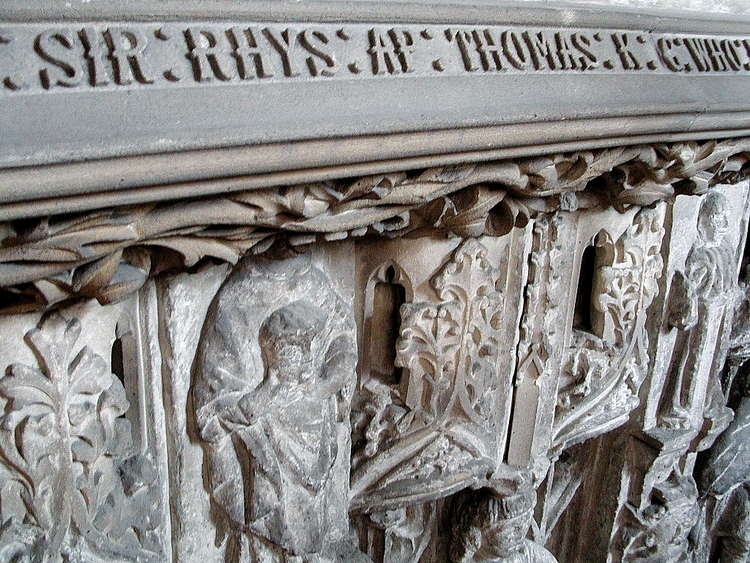
And how did he spend his final years under Henry VIII?
After Henry’s death in 1509, Rhys continued to serve the new king Henry VIII. Rhys now a man in his late 60s still took up arms to fight for his king in France, winning honours at Therouanne for his daring cavalry charge. In his 70s Rhys left the court behind and retired to govern his estates in Wales, having raised the family to its highest level of power and wealth. Rhys’ son Gruffydd predeceased him and Rhys had as his heir the 17 year old Rhys ap Gruffydd, who was later to fall foul of Henry VIII and bring the family fortunes crashing to the ground. Rhys died in 1525 probably aged about 76 and was buried in the Grey Friars church in Carmarthen, near to Edmund Tudor, Henry VIIIs grandfather.
Descriptions of his household give us a little insight into his life, what do we know of Rhys as as a person?
Rhys was a man of integrity and honour. He had raised the family fortunes as well as the Principality to a position not seen since Owain Glyndwr’s time. Most of our information about him comes from The Life of Sir Rhys ap Thomas, written in the late 17th century by descendants of Rhys in order to clear the family name from the dishonour of Rhys ap Gruffydd’s treachery. Rhys was a frugal man, despite the wealth he had accrued he was not lavish in his spending, being neither ostentatious in his dress or his diet. No doubt his frugal diet kept him healthy for he was still exercising regularly even into his 70s, something quite extraordinary for those times. He was well known for his hospitality and patronage of the arts, especially poetry. His chivalric nature can be seen by the fact that he specially commissioned a copy of the story of the Knights of the Holy Grail for his own personal use. His one passion was horses, and at all of his country houses and castles he had stables, some could accommodate up to 70 horses. He was a cultured man who wished to raise his people out of the darkness they had plunged into since Glyndwr’s rebellion, and at the same time a fierce and brave warrior.
What do you hope people will learn about Rhys from your book?
I hope that this book will bring Rhys ap Thomas to a wider audience. He was a pivotal figure in the history of the Tudors, and played a considerable role in establishing the dynasty. Outside of south Wales, very few people have heard of him, and I think this is a great oversight. Like Richard III the time is ripe to resurrect the man who dealt the fatal blow to the last Plantagenet king and heralded in a new, perhaps more splendid age.
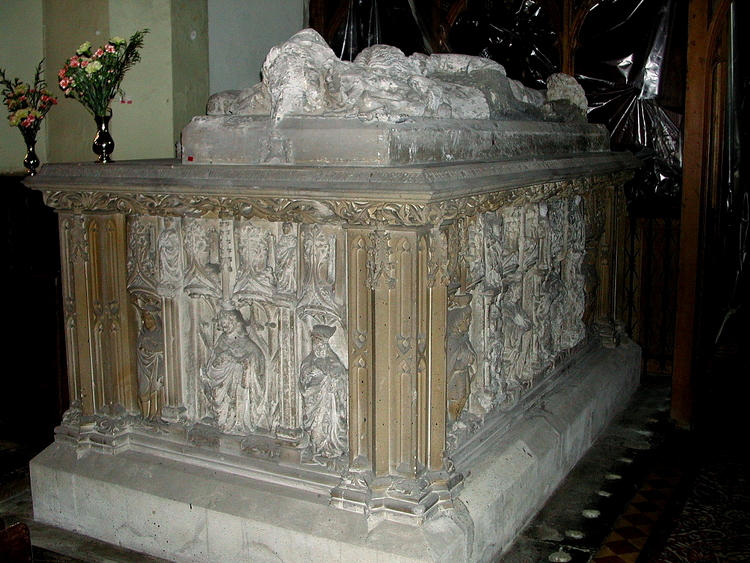
Dr Susan Fern has lectured in history at Lampeter University and is currently research affiliate at the Open University. Her other books include The Jews Against Rome: War in Palestine AD 66-73 and The Emperors’ Needles: Obelisks in Rome. She is a member of the Richard III Society and took part in the 1984 archaeological dig on the friary in Carmarthen where Rhys ap Thomas is buried. She lives in Winslow in Buckinghamshire.
Susan is currently planning a book on warrior women in the ancient world. You can visit Susan at the Rhys ap Thomas Society Facebook page for a chat and to keep up-to-date.
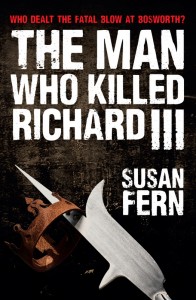 The Man Who Killed Richard III by Susan Fern, published by Amberley Publishing 2014
The Man Who Killed Richard III by Susan Fern, published by Amberley Publishing 2014
On 22 August 1485 on a battlefield in Bosworth, Leicestershire, King Richard III, the last of the Plantagenet kings, was dealt a death blow by the man who had sworn loyalty to him only a few months earlier. That man was Rhys ap Thomas, a Welsh lord, master of Carew Castle in Pembrokeshire. For his service that day he was knighted on the field of battle by Henry Tudor. Rhys ap Thomas’s life had been inextricably linked with both Richard and Henry; all three young men grew under the shadow of the Wars of the Roses, suffering losses and betrayals. This is the story of the man who helped forge the course of British history.

